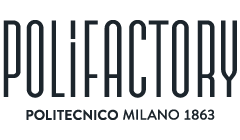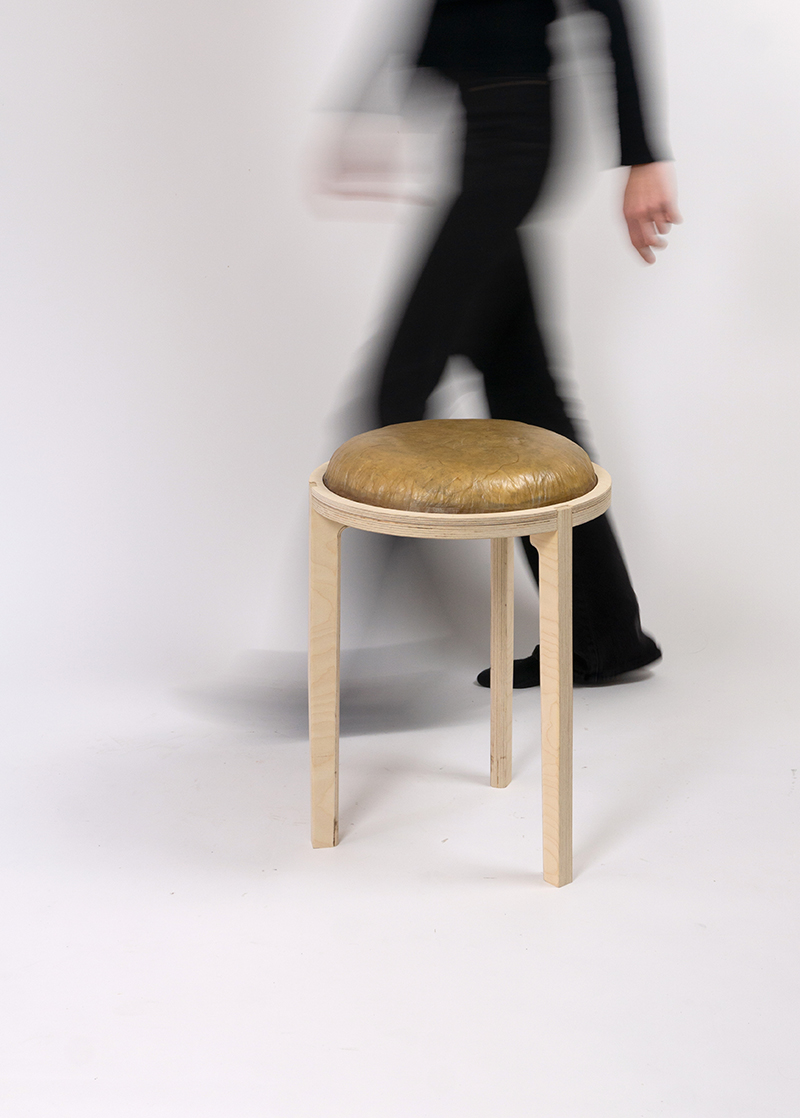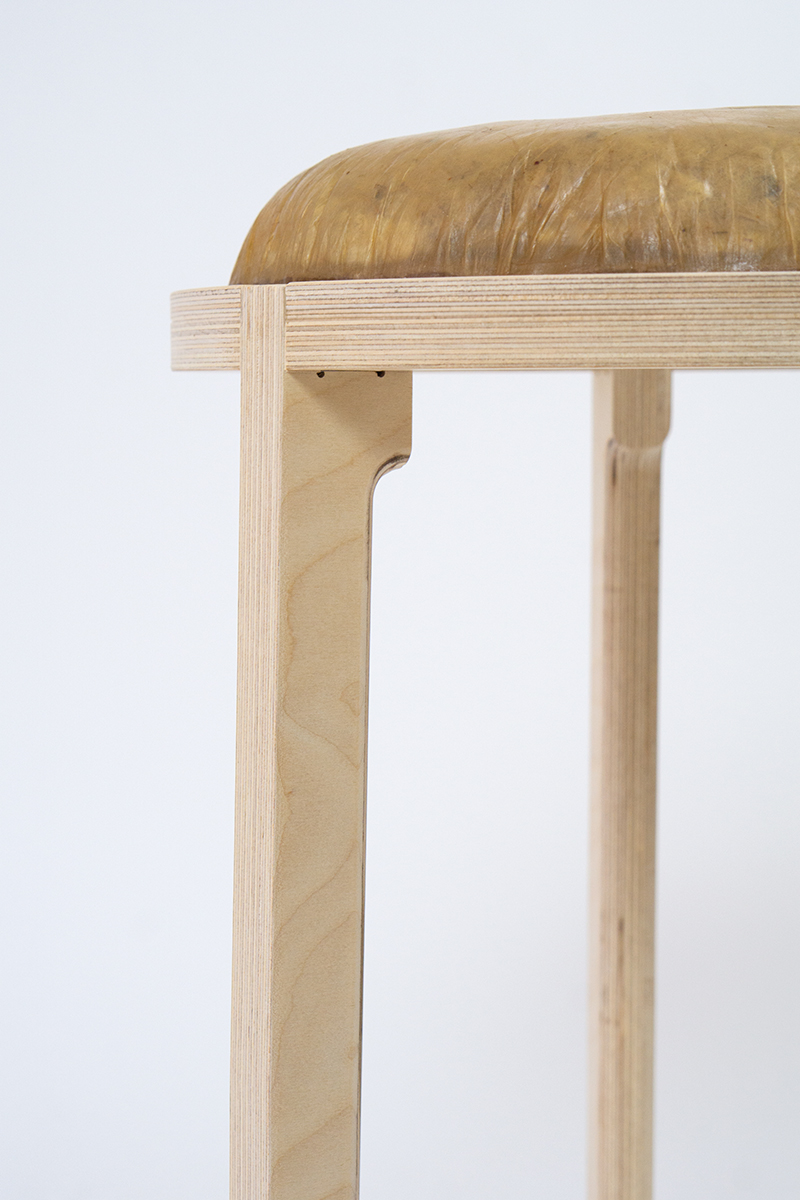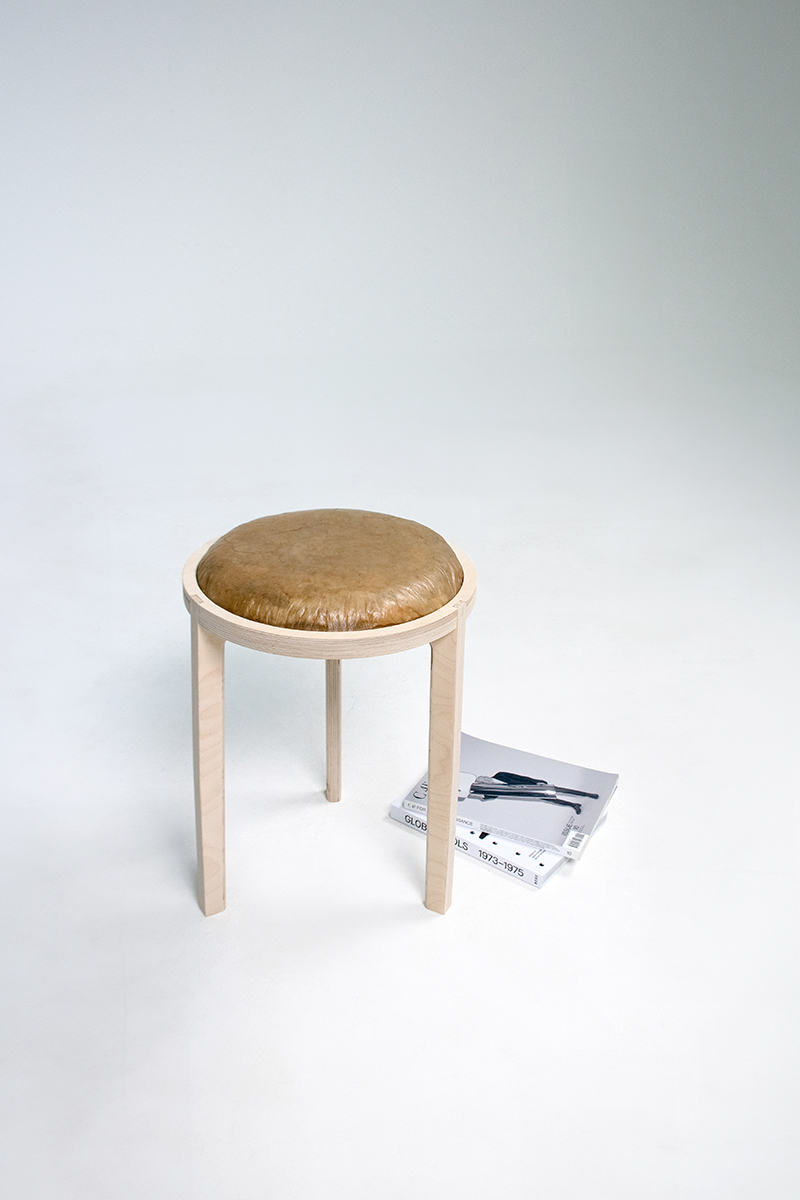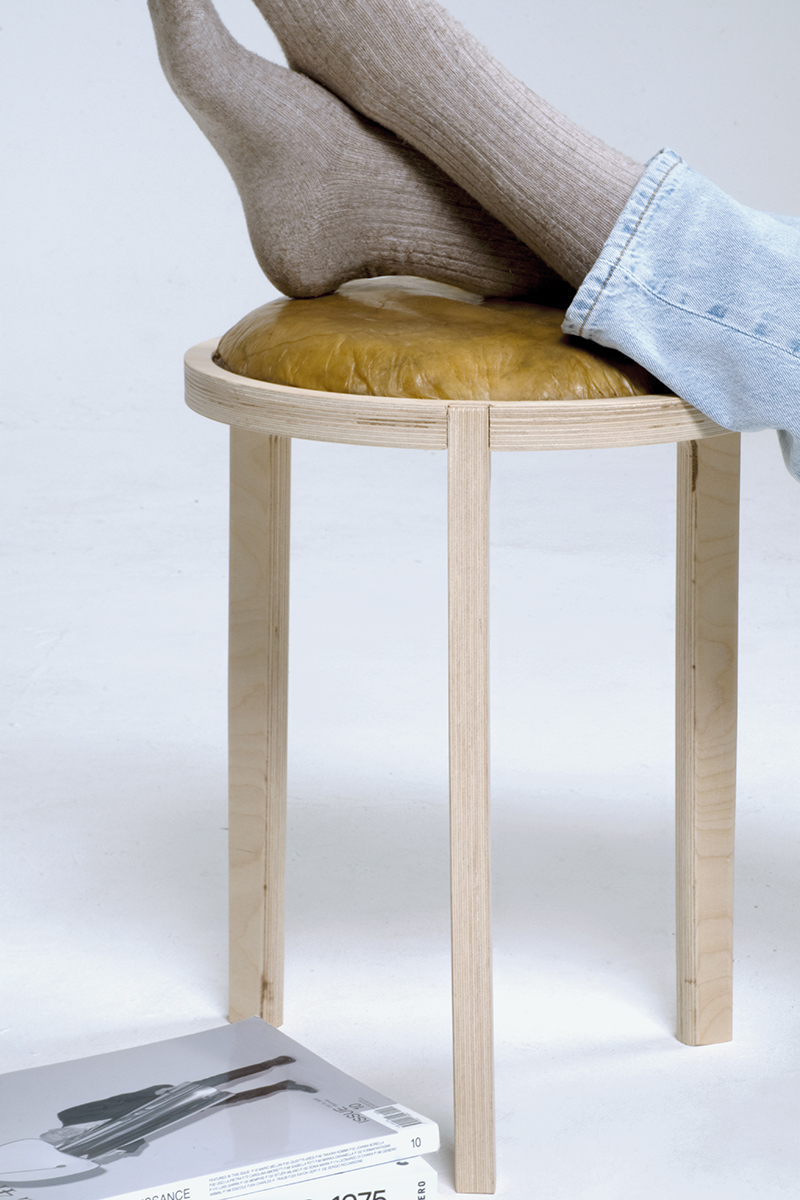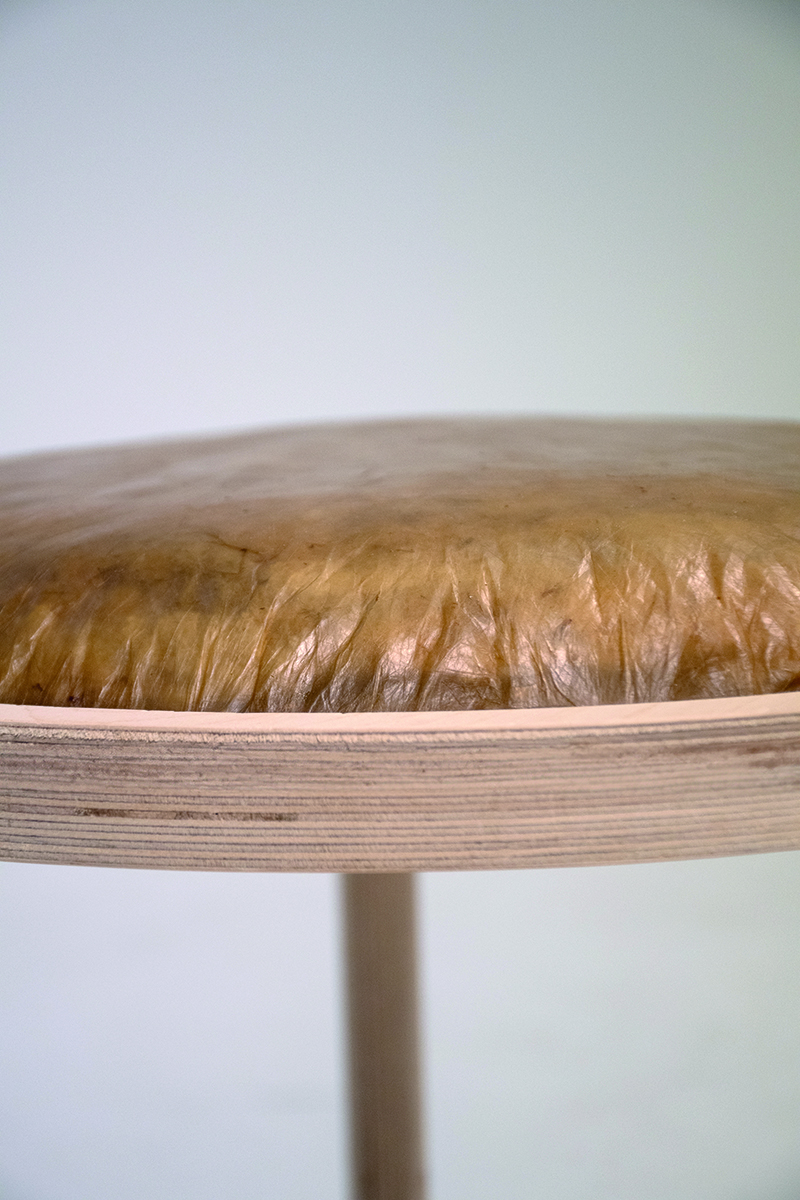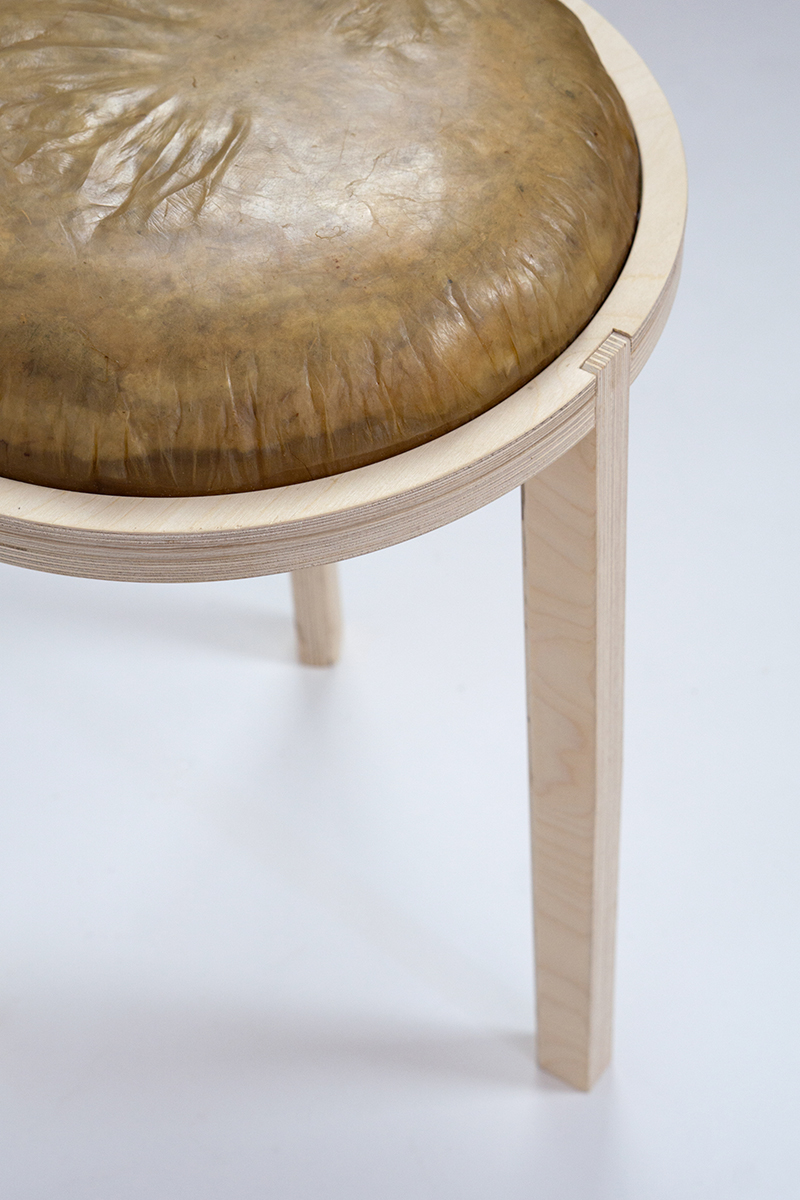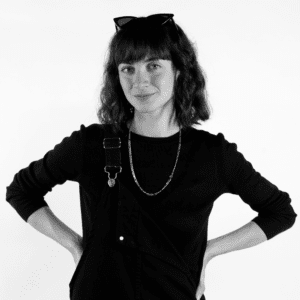
Francesca Zeccara
Product Designer - Talent in Residence
Born in Vigevano, in the province of Pavia. In 2017, after artistic high school, she began her bachelor degree at the School of Design of the Politecnico di Milano, studying Industrial Product Design.
After her first graduation in 2020, she decided to deepen her design skills by enrolling in the master degree in Integrated Product Design.
During the final year, she applied for the Erasmus programme in Barcelona, selecting the university with the aim of acquiring further artistic languages and broadening her design method.
In fact, she has always been fascinated by objects and their usability, but also by the way people experience objects through their appearance and aesthetic languages.
During both her bachelor’s and master’s degrees, Francesca learnt how to combine people’s needs, usability and the attractiveness of objects.
Abstract
The research thesis aims to investigate the practical possibilities of Living Materials within the current design and production scenario, which exhibits an embryonic shift towards a sustainability concept in line with the principles of the Biocentric paradigm. This inclination is accompanied by numerous production implementations spanning the entire spectrum between self-production and global markets, requiring designers to engage through innovative and conscious design.
Focusing this research on Bacterial Cellulose as a material of interest, the goal is to demonstrate a potential exploratory direction for innovative practices related to bacterial fermentation as an alternative to traditional product design approaches. The innovative aspect to highlight is linked to the potential to outline the qualities and application limits of BC material for implementation purposes. This exploration is based on the Material Driven Design methodology, combined with the Do It Yourself approach. Specifically, the limitations of Living Materials, primarily related to their evident performance boundaries that still hinder commercialization, have often led to a limited exploration of their real possibilities, restricting them to one-off applications. However, this framework proves to be an area of interest for the designer, who is called to modify the material usage design approach in order to facilitate the implementation of regenerative materials – from a general perspective – and induce a change in the market and the innovative scope of Bacterial Cellulose – specifically.
The main objective of this work is to identify a virtuous balance between the application possibilities of the reference regenerative material and the directions of development in the production market, considering the material’s performance. To achieve this goal, the work first follows a cognitive path of Bacterial Cellulose, combining an investigation of existing literature with the continuous exploration of the material’s constraints and possibilities through experimental analysis of it. The analysis of case studies and the identification of material possibilities derived from them have been systematically integrated to provide a feasibility analysis specific to the industrial process, linked to the use of a new emerging material. The resulting decision to focus on the upholstered furniture sector as an area of opportunity led to the design of a manifesto object chosen to represent the conceptualization of this new and potential dialogue between production processes and material implementation.
The methodology used enabled the organization of theoretical knowledge about production and design processes with the construction of a vision – and the subsequent prototyping – based on concrete evidence from tangible experimentation. This approach allows the designer not only to conceive and develop the product but also the entire production process, fostering a new harmony between production volumes, timing, and regenerative material innovation.
At the conclusion of the research journey, considerations regarding the obtained output and identified evidence form a new designer awareness regarding material approaches in design, demonstrating a necessary reassessment and fair reestablishment between human-driven production times and intrinsic ecosystemic timelines. These timelines, optimizable but not drastically alterable, necessitate a balancing act in production volumes, aimed at a reconfiguration of the design paradigm, more ethical and sustainable.


